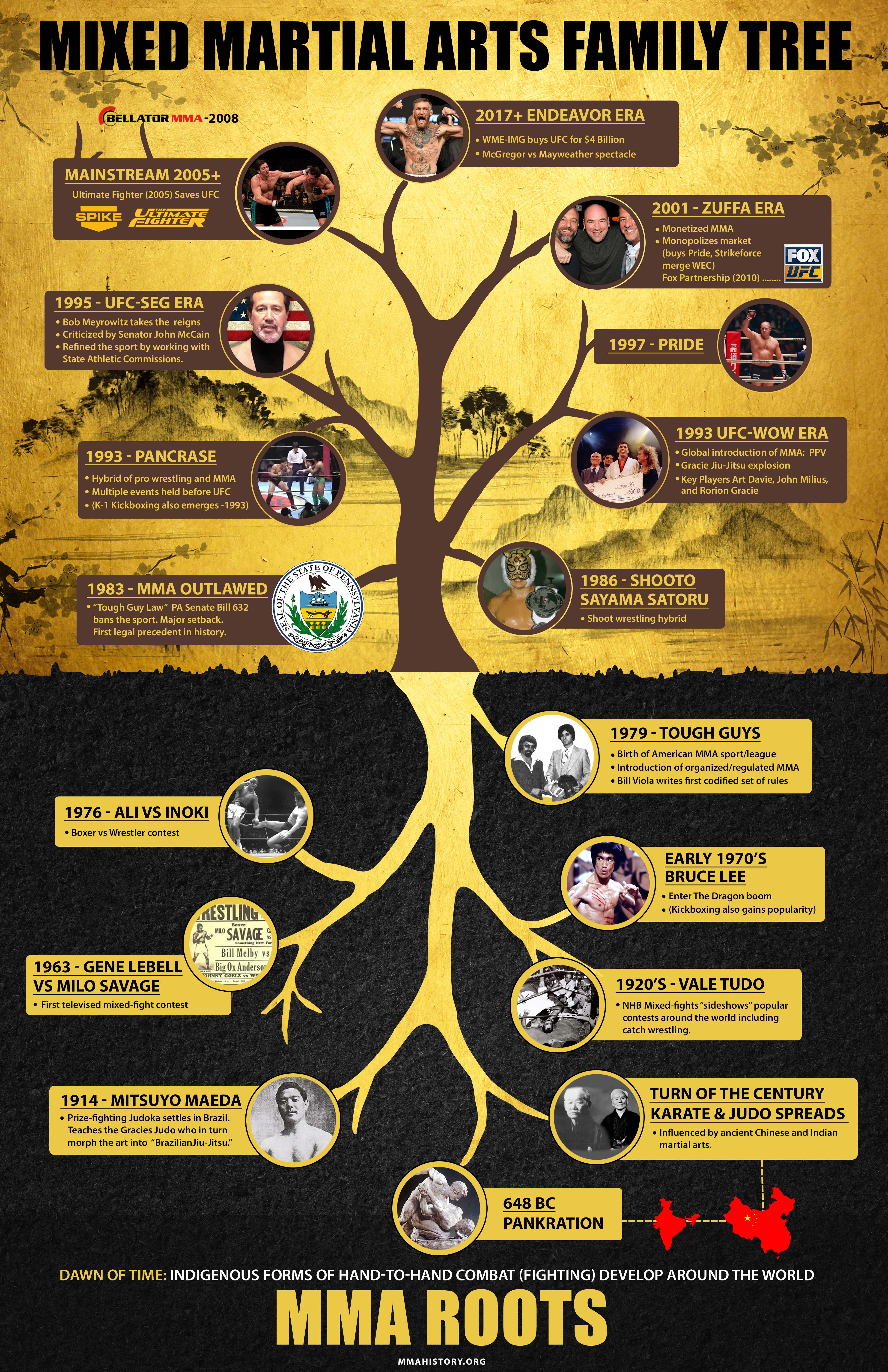The Development And Historic Relevance Of Martial Arts Throughout Various Societies
The Development And Historic Relevance Of Martial Arts Throughout Various Societies
Blog Article
Article Produced By-Hess Graham
Martial arts have a remarkable history that covers centuries and continents. You may locate it appealing exactly how ancient techniques like Shuai Jiao and Kalaripayattu laid the groundwork for contemporary battle strategies. These techniques not just emphasize physical skills but also reflect the cultures that birthed them. As you explore their development, take into consideration how globalization has changed these traditional kinds into crossbreed styles. What impacts do you believe have shaped today's martial arts landscape?
Ancient Martial arts: The Foundations of Fight
As you explore the world of ancient martial arts, you'll uncover the rich structures that shaped battle methods throughout societies. Very early techniques concentrated on Self-Defense and survival, often integrating strikes, hurting, and weaponry.
In ancient China, for example, techniques like Shuai Jiao stressed tosses and joint locks, while India's Kalaripayattu showcased agility and fluid motion. Japanese samurai established Kenjutsu, a polished swordsmanship that highlighted discipline and approach.
These martial arts served not just for battle however also as a way of personal advancement, instilling values like respect and perseverance. The blending of these methods over time prepared for the varied martial arts you see today, each mirroring the one-of-a-kind philosophies and requirements of its culture.
The Social Impact on Martial Arts Advancement
While martial arts often mirror the practical demands of a culture, they also personify the cultural values and beliefs of their beginnings. When you check out different martial arts, you'll see just how they're affected by religion, viewpoint, and social norms.
For example, the focus on respect and self-control in Japanese martial arts comes from Zen Buddhism and samurai culture. On the other hand, Brazilian Jiu-Jitsu promotes flexibility and strategy, formed by the demand for efficiency in a varied, multicultural atmosphere.
You may locate that the routines, attires, and training techniques mirror a neighborhood's background and identity. By understanding visit this hyperlink , you grow your gratitude of martial arts and their role fit human experiences across the globe.
Modern Adaptations and the Globalization of Martial arts
Martial arts have actually transformed considerably in current years, adapting to modern culture and international influences. You'll discover that standard types have blended with modern-day techniques, developing hybrid styles like MMA. These adjustments deal with diverse target markets, making martial arts obtainable and attractive globally.
With the increase of social media sites and electronic systems, you can find tutorials and competitions from all corners of the globe, damaging geographical barriers. This globalization has brought about a common gratitude for different techniques, from Brazilian Jiu-Jitsu to Taekwondo.
As you involve with these arts, you'll recognize they're not practically battle; they advertise health and fitness, discipline, and psychological health.
Inevitably, modern adjustments have actually improved the martial arts landscape, making it a vibrant and developing practice.
Verdict
In exploring the history and development of martial arts, you reveal an interesting mix of methods, cultures, and ideologies. From old disciplines like Shuai Jiao and Kalaripayattu to the contemporary adaptability seen in mixed martial arts, martial arts reflect mankind's mission for Self-Defense and personal development. As you involve with these techniques, you not just get skills but additionally a much deeper gratitude for the varied traditions that shape our globe today. So, proceed your trip and embrace the art of battle!
